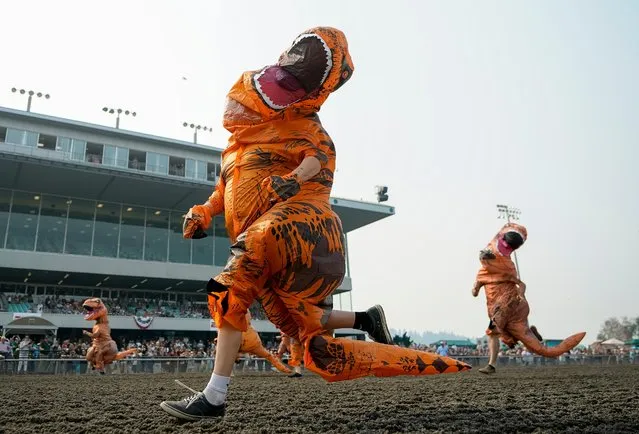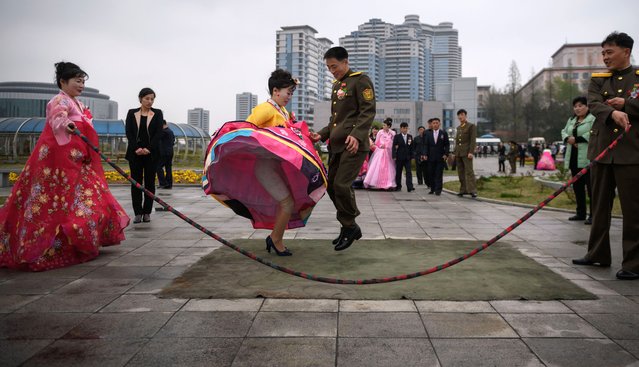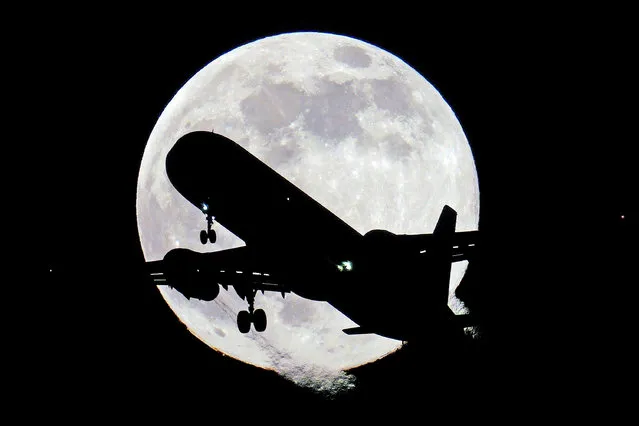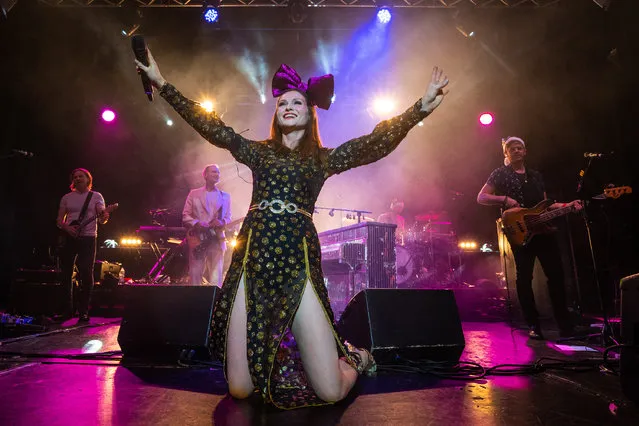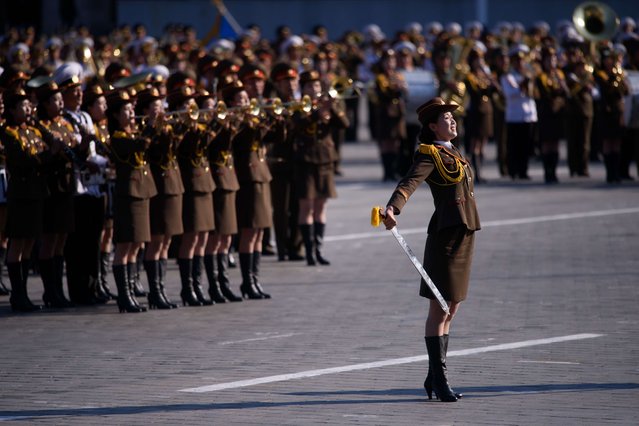
Indian actress Freida Pinto attends the 2020 Vanity Fair Oscar Party hosted by Radhika Jones at Wallis Annenberg Center for the Performing Arts on February 09, 2020 in Beverly Hills, California. (Photo by Emma McIntyre/VF20/WireImage)
15 Feb 2020 00:01:00,post received
0 comments

